Perth Property Market & Location Profile – High-Growth Suburbs
1. Property Market Trends
High-Growth Suburb Price Trends: Several Perth suburbs identified by Microburbs have already shown robust price increases. (Subscribe to see the exclusive 4‑year capital growth forecasts on Microburbs.) Coastal and university‑proximate areas saw particularly steep rises. For example, Coogee (City of Cockburn) recorded a median house price of $1.20M, up [Subscribe for details] in the past 12 months. Likewise, Murdoch (City of Melville), near the university and hospital hub, saw house prices surge [Subscribe for details] to $1.10M. Emerging outer suburbs also boomed – Ravenswood (Shire of Murray) jumped [Subscribe for details] to a $630K median, and North Dandalup spiked [Subscribe for details] to $1.23M as new estates came online. In more established inner areas, growth was steadier but solid: Kensington (near South Perth) saw [Subscribe for details] annual house price growth to $1.27M, and elite Dalkeith (Western Suburbs) gained [Subscribe for details] to a $3.48M median. The one laggard was Burswood, where an oversupply of apartments has softened prices – house values dipped [Subscribe for details] to $938K, and unit medians fell sharply ([Subscribe for details] over 12 months to $538K). This divergence highlights how supply dynamics can temper growth even in otherwise well‑located suburbs.
(For full capital growth forecasts and detailed price statistics for each suburb, please subscribe to Microburbs.)
Houses vs Units: Investor interest and homebuyer demand have primarily driven up house prices across these suburbs, while unit markets are mixed. In family‑oriented suburbs (e.g. Kensington, Dalkeith, Coogee), houses are the dominant stock and have shown strong long‑term capital growth (for example, Dalkeith houses averaged [Subscribe for detailed forecast] annual growth over the past decade). Units in these areas are less common and sometimes underperform – Dalkeith units, for instance, have seen [Subscribe for detailed forecast] long‑run performance. Burswood’s unit market is a cautionary tale: after a construction boom, its median unit price slid [Subscribe for details] in a year, and units potentially trade in the mid‑[Subscribe for details] range. Low days‑on‑market also signal strong buyer and tenant demand in these locales (for example, Murdoch houses sell in just 6 days on average, while Burswood houses take 10 days to sell). Rising rents, up [Subscribe for details] year‑on‑year in many suburbs, and ongoing population growth suggest that investor demand – including interest from east coast buyers – will remain high provided interest rates do not erode borrowing capacity significantly.
Historical Growth & Investment Potential: These suburbs’ track records and forecasts suggest strong investment potential, albeit with varying risk profiles. Inner‑city and coastal locales benefit from persistent demand and constrained supply, yielding steady capital growth historically. For example, Kensington’s house prices have grown [Subscribe for detailed forecast] per year on average, reflecting its enduring appeal to professionals and families. Dalkeith, an exclusive riverside enclave, similarly has delivered [Subscribe for detailed forecast] in the prestige market. In contrast, up‑and‑coming fringe areas like North Dandalup and Ravenswood are newer to the scene – their recent [Subscribe for forecast details] annual spikes may not be sustained at that pace, but they underscore the potential for significant capital gains as Perth’s metro footprint expands. Notably, Microburbs’ AI forecasting ranks these suburbs highly for future growth, which likely factors in planned infrastructure and population trends. Investors are drawn by both the short‑term momentum and the [Subscribe for full forecasts] outlook for these areas.
Rental Yields and Demand: Rental returns remain attractive in many of these suburbs, adding to investment appeal. Rental prices have climbed alongside values, thanks to Perth’s tight rental market (vacancy below 1% for much of 2023). For instance, houses in Murdoch earn a median rent of $795 per week—a [Subscribe for rental yield details] yield—while Coogee houses rent for $898 per week, a [Subscribe for yield details] yield. Outer suburbs can offer even higher yields: Ravenswood’s median rent is $595 per week, which on a $630K house translates to roughly a [Subscribe] gross yield, appealing to investors. In Burswood, the slump in unit prices has actually pushed yields up (with median unit rent between $500 and $600 per week against a price of $537K) so that house yields there are around [Subscribe]%, with units potentially in the mid‑[Subscribe]% range. Low days‑on‑market also reflect strong buyer and tenant demand (for example, Murdoch houses sell in just 6 days on average, while Burswood houses sell in 10 days). Rising rents and ongoing population growth suggest that investor demand will remain high in the near future.
Risk Factors & Supply Considerations: According to Microburbs data, supply risk and market “heat” vary by suburb, and this will influence future growth. Established inner suburbs like Dalkeith and Kensington have little vacant land or large projects, so supply is constrained – a positive for price growth (although these markets rely on buyer affluence and can be cyclical). In contrast, development‑heavy areas carry a higher risk of oversupply. Burswood stands out – its wave of new high‑rise apartments around the Stadium led to [Subscribe for detailed supply data] being sold in the past year and falling median prices. Microburbs’ metrics likely flag Burswood’s high stock on market and future unit pipeline as a potential growth dampener. Similarly, Ravenswood and North Dandalup have multiple land estates releasing new lots – for example, Ravenswood Waters, Everleigh, and North Dandalup’s Riverwood Estate – meaning ample new housing supply. In Ravenswood, current data shows a “Stock on Market” of [Subscribe]% – among the top 10% highest supply levels – reflecting the numerous properties for sale relative to its housing base. This elevated supply could moderate price rises once the initial demand from recent, grant‑fueled building eases.
Other risks include broader market factors: interest rate rises (which especially affect outer suburban buyers with larger mortgages) and the durability of demand at the fringe if preferences swing back toward inner‑city living. Nonetheless, Microburbs’ [Subscribe for full forecast details] for these suburbs remain bullish, implying that on balance the economic and demand drivers outweigh supply risks. Investors are advised to monitor local development approvals and vacancy rates – for example, if thousands of new apartments enter Burswood via the Belmont Park redevelopment, or if a large land release occurs near North Dandalup, it could soften growth. Overall, choosing well‑located properties—for instance, those with unique waterfront positions or within walking distance to amenities—can mitigate some risk by ensuring enduring desirability even if more stock comes to market.
Subscription & Product Offerings
Access detailed forecasts, exclusive property reports, and weekly updated market data by subscribing to Microburbs. Our comprehensive suite of products—including the AI Property Finder, Suburb Reports, and Suburb DataExplorer—provides deep insights and timely data to help you make informed property investment decisions. To see exclusive forecasts for suburbs such as Coogee, Murdoch, Ravenswood, and more, subscribe now and unlock the full potential of Microburbs’ advanced analytics and weekly data updates.
2. Economic Drivers & Employment
Key Industries Supporting Demand:
Perth’s property market is underpinned by a strong state economy, and these high‑growth suburbs benefit from proximity to major economic drivers. Mining and resources wealth is a fundamental pillar – Western Australia’s mining sector (iron ore, LNG, lithium) fuels job creation and high incomes that filter into Perth’s suburbs. Many residents of Dalkeith and Kensington, for example, are executives or professionals whose prosperity is tied to mining companies headquartered in Perth’s CBD. Beyond resources, professional services and government jobs—given that Perth is the state capital—sustain housing demand in inner‑ring suburbs.
Each featured suburb also has specific industry links:
– Murdoch: A powerhouse in health and education. It hosts Fiona Stanley Hospital (the state’s flagship tertiary hospital) and St John of God Murdoch Hospital, together employing thousands in healthcare. Adjacent is Murdoch University, a major employer and student draw. The co‑location of hospitals, a university, and research institutes forms a “Knowledge Precinct” anchoring jobs in education, medicine, biotech, and support services. These institutions create steady housing demand from medical staff, academics, and students wishing to live nearby.
– Coogee: Positioned between Fremantle and the Kwinana industrial area, Coogee attracts residents working in marine engineering, defense, and industry. Just south is the Australian Marine Complex in Henderson, where shipbuilding and naval vessel maintenance provide skilled employment. Further south, the Kwinana industrial strip—with its oil refinery, chemical plants, and proposed lithium processing—and the planned “Westport” Outer Harbour project promise continued job growth in Perth’s southern corridor. Coogee’s coastal lifestyle appeals to these workers, offering a reasonable commute to industrial hubs and Fremantle’s port‑related jobs. Additionally, Coogee’s access to a growing commercial centre means jobs in retail, logistics, and local government also support its economy.
– Burswood: A leisure and entertainment precinct turned residential hotspot, Burswood’s economy centers on hospitality and tourism. It is home to a large casino resort complex that employs thousands across hotels, restaurants, gaming, and events. Adjacent to a major sports and concert stadium, the area benefits from event‑day employment and attracts visitors, which in turn supports short‑term rental demand. Burswood’s location, just 3km from the CBD, also ties it into the broader city economy—many residents commute into Perth’s CBD or nearby offices. New transport infrastructure projects further integrate the area into Perth’s urban fabric.
– Kensington: Primarily residential but strategically located near key employment nodes, Kensington lies just 4–5km from the Perth CBD, making it convenient for workers in finance, government, and corporate sectors. It is adjacent to major educational and technology hubs, which foster employment in tech and education. Many Kensington residents are professionals working in the city or nearby, and the suburb’s strong professional occupation profile reflects these nearby opportunities.
– Dalkeith: An affluent enclave west of the CBD, Dalkeith does not house large employers but is home to residents in senior positions in business, legal, medical, or resources sectors. Its proximity to prestigious universities and major hospitals is a factor – professors, surgeons, and specialists are common. Additionally, the mining booms have historically funneled capital into luxury real estate here.
– North Dandalup & Ravenswood: These semi‑rural communities, located 70–80km from Perth, have limited local employment. Their economies are supported by agriculture, tourism, and industries such as those at a nearby alumina refinery. Increasingly, they attract residents who are willing to commute longer distances or work remotely, benefiting from improved transport links.
Major Employment Centres & Business Districts:
The broader Perth metro area has decentralized employment hubs that boost these suburbs’ attractiveness. For instance, Murdoch is designated as a “Strategic Activity Centre” with ongoing development that will add offices, retail, and other amenities. Nearby commercial districts in adjacent suburbs also serve to reinforce property demand. A strong labor market with low unemployment and high job vacancies means residents in these suburbs generally enjoy stable employment.
Government Policies & Economic Trends:
Broader economic policies and trends also affect property demand in Perth. Western Australia is currently Australia’s fastest‑growing state, driven by both overseas and interstate migration. This influx is boosting housing demand across the region. The property market has also been influenced by monetary policy changes, with the Reserve Bank of Australia’s rate hikes tempered by local fundamentals such as affordability and high incomes. Government initiatives aimed at supporting home ownership, such as low‑deposit loan schemes and first‑home buyer grants, have further bolstered the market. As these measures evolve and possibly stabilize interest rates in the medium term, Perth’s high‑growth areas are expected to perform well.
(For exclusive economic driver statistics and detailed employment forecasts, subscribe to Microburbs.)
3. Liveability & Demographics
Population & Demographic Insights:
The high‑growth forecast suburbs span a spectrum from inner‑city cosmopolitan to rural‑residential, but all generally score well on liveability factors such as community and lifestyle. Below is a profile for each:
– Kensington (Inner South):
Population 4,500, with a slight growth trend ([Subscribe for growth details] from 2011 to 2016). It is a family‑friendly suburb, where a large share of households are couples with children and the predominant age group is in the 40s. The Microburbs Family Score is 9/10, reflecting excellent family amenities. Affluence is high (9/10) with median weekly household incomes recorded in 2016 showing a [Subscribe for detailed income data] increase from 2011. Most residents are professionals and managers, and the owner‑occupancy rate is about 69%. Cultural diversity is moderate, with a mix of long‑time locals and newer families.
– Dalkeith (Exclusive Western Suburb):
Population 4,240, relatively stable with little change from 2011 to 2016. Demographics skew wealthy and family‑oriented, with [Subscribe for details] of households comprising families—a figure among the highest in Perth. The predominant age group is 10–19 years, indicating many teens in the area. The Affluence Score is a perfect 10/10; Dalkeith is among Perth’s richest areas with high median household incomes and an owner‑occupancy rate of around 78%. Education levels are high and unemployment is low. With exceptional safety and tranquillity scores, Dalkeith offers a serene and prestigious environment. Its median age is around 42, reflecting a mature, established community.
– Coogee (Coastal Suburb):
Population 4,600, growing relatively fast with an [Subscribe for growth details] increase from 2011 to 2016. Once a seaside village, Coogee has developed into an upper‑middle‑class family area. The predominant age group is 50–59, suggesting many long‑standing residents as well as early retirees, while about [Subscribe for detailed household data] of households are family households. It earns a Family Score of 9/10. The Affluence Score is 8/10, and the Microburbs Lifestyle Score is likely 8–9/10 owing to attractive coastal amenities such as the beach and marinas. Although slightly car‑dependent, Coogee offers reasonable access to shops and schools, with an owner‑occupancy rate of around 85%.
– Murdoch (Education/Health Hub):
Population 3,530 (as of 2016) with moderate growth of [Subscribe for detailed growth figures] from 2011. Murdoch’s demographic profile is unique due to the presence of a university and major hospitals; the predominant age group is 20–29, reflecting a large student and young professional population. Household types are mixed, with many childless couples and shared accommodation arrangements. The owner‑occupier rate is around 60%. Murdoch offers a dynamic, youthful environment with excellent public transport and nearby amenities including parks and shopping centres.
– Burswood (Inner Urban):
Population 2,340, having jumped [Subscribe for details] from 2011 to 2016 as new apartment complexes were built. Demographically, Burswood skews young‑professional, with a predominant age bracket of 30–39. Many residents are couples without children or single professionals, earning Burswood a relatively lower Family Score. While there is a mix in the Affluence Score, the Lifestyle Score is high (around 9/10) due to vibrant dining and entertainment options. Convenience is moderate since essential services often lie in adjacent suburbs, and the Safety Score is around 8/10.
– North Dandalup (Rural‑Residential):
Population 700 (2016), a small community growing fast ([Subscribe for growth details] from 2011 to 2016). It is predominantly made up of families and mature couples, with many households consisting of couples with children. The Family Score is high, perhaps 9/10. Affluence is moderate, around 6–7/10, and safety is excellent with a Safety Score of 10/10. Tranquillity is a major attraction, with scores of 9–10/10, though convenience is lower (3–4/10) due to limited local amenities.
– Ravenswood (Semi‑Rural by Murray River):
Population 2,176 (2016) and growing quickly. Originally a riverine hamlet, Ravenswood now comprises a mix of established semi‑rural residents and new suburban families. The Family Score is high, and while affluence is moderate, the lifestyle benefits of riverfront living are significant. Ravenswood’s character is defined by its access to outdoor recreation along the Murray River and a strong sense of community.
Amenities & Liveability Factors:
– Schools & Education:
Inner‑suburbs enjoy excellent school options. Kensington residents benefit from well‑regarded local primary schools and access to prestigious private and public secondary institutions. Dalkeith is served by top‑rated primary schools and nearby elite high schools. Coogee and Murdoch have a range of primary, secondary, and tertiary education options in nearby suburbs. Burswood has convenient access to schools outside the suburb, while North Dandalup and Ravenswood rely on schools in larger neighbouring towns.
– Parks & Recreation:
All these suburbs offer quality green space. Kensington has multiple local parks and is near major foreshore areas. Dalkeith benefits from abundant green spaces along the Swan River. Coogee offers beach and coastal reserves, and Murdoch boasts parks both on campus and in mixed‑use areas. Burswood features significant river parkland, and the outer suburbs provide expansive natural landscapes and recreational opportunities tied to bushland and river systems.
– Shops & Services:
Inner‑city suburbs enjoy excellent access to cafés, retail centres, and dining options. Kensington benefits from nearby shopping precincts, while Dalkeith features a quaint local shopping strip and proximity to larger retail destinations. Coogee and Murdoch have well‑developed local and regional shopping options. In contrast, North Dandalup and Ravenswood have minimal retail, with residents often travelling to larger neighbouring towns for major services.
– Healthcare & Services:
Major hospitals and clinics are accessible in the inner suburbs, with renowned medical facilities located near Dalkeith, Murdoch, and Burswood. Outer suburban residents rely on regional health centres and nearby towns for more comprehensive services.
– Community & Lifestyle Ratings:
Microburbs scores across these suburbs indicate high ratings in community, lifestyle, convenience, and tranquillity. Inner‑suburbs like Kensington and Dalkeith score very highly on safety and community engagement. Outer suburbs, though more limited in services, offer strong community bonds and exceptional natural settings.
(For the full suite of demographic and liveability statistics updated weekly, subscribe to Microburbs.)
4. Transport & Connectivity
Proximity and Accessibility:
A key component of these suburbs’ appeal is their strong connectivity to Perth’s transport networks. Good transport links enhance daily convenience and broaden the potential buyer pool.
– Kensington:
Kensington enjoys excellent road connectivity, bordered by major arterial routes that link directly to the Perth CBD (approximately a [Subscribe for commute details] drive off‑peak). Although there is no train station in the suburb, multiple bus routes provide frequent services, and dedicated bike paths offer convenient cycling access. Future transport projects in the vicinity are set to further enhance connectivity.
– Dalkeith:
Sitting on a peninsula, Dalkeith has indirect but efficient road access via a network of connecting routes, placing it about 6km from the Perth CBD—a drive of roughly [Subscribe for timing details] outside peak hours. The suburb is served by local buses that connect to nearby train stations, ensuring residents maintain reasonable access to public transport.
– Coogee:
Historically somewhat isolated, Coogee is becoming better connected. Local roads link the suburb to key freeways and coastal corridors, and residents typically use buses to access major train stations. Future transit proposals, including potential light rail or rapid bus services along the coastal corridor, promise further improvements. In addition, coastal bike paths enhance active transport options.
– Murdoch:
Murdoch is a major transport node. It is directly served by a train station on the Mandurah line, offering fast services to the Perth CBD and southern suburbs. A large bus interchange and improved road links further enhance access, making Murdoch an exemplary transit‑rich suburb. Upcoming projects are expected to boost connectivity even further in the area.
– Burswood:
Burswood benefits from excellent train connectivity with a station located at its edge that provides rapid links to the Perth CBD. Major roads traverse the suburb, ensuring swift access by car. Plans for expanded pedestrian and cyclist infrastructure are underway, further enhancing the suburb’s walkability and overall connectivity.
– North Dandalup:
As a rural‑fringe locality, North Dandalup is primarily connected by road. While it lacks direct freeway access within the suburb, residents are a short drive from major highways leading to the Perth CBD (a roughly [Subscribe for timing details] journey under free‑flow conditions). Limited rail services also exist, though the area remains predominantly car‑dependent.
– Ravenswood:
Ravenswood is well‑connected by road, sitting at the junction of a major regional highway that offers almost immediate access to the freeway system. This allows residents to reach the Perth CBD in about [Subscribe] under free‑flow conditions. Local bus services and ongoing improvements to regional road infrastructure further enhance transport options.
Impact of Upcoming Transport Projects:
Several infrastructure projects are set to influence these suburbs. New rail projects will improve capacity on the network, while major highway upgrades and duplications are expected to ease congestion. Enhanced active transport infrastructure—such as new pedestrian bridges and cycling paths—will further bolster overall connectivity. These improvements are likely to reinforce property demand by reducing commute times and enhancing the liveability of each area.
5. Future Development & Investment Potential
Large-Scale Infrastructure Projects:
Perth’s development pipeline is robust, with multiple projects set to shape growth patterns:
– New public transport projects, including rail extensions and station upgrades, are expected to enhance connectivity across many suburbs. For example, potential future stations in fringe areas could transform North Dandalup and Ravenswood into true commuter suburbs, significantly boosting their investment appeal.
– The Westport project—a major new freight port in Kwinana with associated road and rail upgrades—will reinforce the economic vitality of the southwest corridor. This could indirectly benefit coastal suburbs by increasing employment opportunities and reducing freight traffic in key urban areas.
– In Murdoch, the transformation of the Health & Knowledge Precinct is set to create a vibrant mixed‑use node with new residential, commercial, and institutional developments. This project will add significant local amenities and residential demand.
– The Belmont Park redevelopment in Burswood will transform a former racecourse into a large, mixed‑use precinct with thousands of new dwellings and retail space. This densification is expected to catalyse Burswood’s transformation into a modern urban hub, though investors will need to be mindful of potential short‑term oversupply as the area evolves.
Urban Infill and Renewal Projects:
Smaller‑scale projects are also underway across Perth. Local governments are exploring medium‑density infill, improvements to shopping precincts, and parks and recreation upgrades. In established areas like Kensington and Dalkeith, planning reforms aim to increase housing diversity while preserving neighbourhood character. In the outer suburbs, new lifestyle estates and retail hubs are emerging as populations grow.
Environmental and Sustainability Considerations:
As development accelerates, significant attention is being paid to sustainability. Measures include enhanced coastal and riverine management, bushfire risk mitigation in rural areas, and the incorporation of renewable energy and sustainable design features in new developments. These initiatives help preserve the environment while ensuring long‑term property value and liveability.
Investment Potential Outlook:
Overall, the investment potential in these high‑growth Perth suburbs remains very promising. Blue‑chip locations like Kensington and Dalkeith offer strong capital preservation along with steady growth, while growth areas such as Murdoch, Coogee, and Burswood present opportunities driven by transformational infrastructure and amenity improvements. Fringe suburbs like North Dandalup and Ravenswood, though subject to higher volatility, have demonstrated strong recent momentum and continue to offer attractive entry points for both investors and owner‑occupiers looking for lifestyle and capital gains.
(For detailed insights on upcoming development projects and investment potential forecasts, subscribe to Microburbs.)
6. Visual Elements (Graphs, Tables, Maps) – Conceptual Overview
(Note: Actual images or interactive graphics cannot be embedded here, but the following are conceptual recommendations for visual elements that would enhance the report.)
– A line chart illustrating historical median house price trajectories over the past 5–10 years for each suburb. This chart could show distinct growth patterns for inner‑city versus outer‑suburbs, with an overlay of Microburbs’ [Subscribe for exclusive forecast] projections.
– A side‑by‑side bar chart comparing 1‑year and 10‑year annual growth rates, highlighting which suburbs have experienced exceptional short‑term gains relative to their long‑term trends.
– A consolidated table of key metrics (median prices, growth rates, rental yields, and days on market) that enables quick comparisons between suburbs. Color‑coding for positive and negative growth can further enhance clarity.
– A Perth metro map marking each focus suburb with icons to denote key amenities (e.g. train stations, schools, hospitals) and major transport routes, providing spatial context for each suburb’s connectivity.
– Radar charts comparing Microburbs liveability scores (Family, Affluence, Safety, Lifestyle, Convenience, Tranquillity, Community) for selected suburbs, visually conveying each area’s character and strengths.
(For interactive visuals and up‑to‑date data visualisations updated weekly, please subscribe to Microburbs.)
7. Recent News & Market Sentiment
Staying up‑to‑date on news and market sentiment offers additional insight into the demand drivers and potential headwinds for these suburbs:
– Market Sentiment & Perth Overview:
Recent commentary indicates that Perth’s property market is very optimistic—with median house prices now reaching record levels and an increasing number of suburbs moving into the million‑dollar bracket. Analysts expect moderate annual growth in 2025, and Perth is attracting significant interest from interstate investors drawn by higher yields and strong fundamentals.
– Interest Rates and Finance News:
While recent interest rate hikes by the Reserve Bank have placed pressure on some buyers, local market resilience is supported by strong incomes and low unemployment. Lenders are beginning to ease criteria slightly in light of robust demand and recent easing of supply constraints, contributing to continued buyer activity.
– Local Government Initiatives:
Local councils have introduced various initiatives to boost amenity and liveability. Upgrades to parks, streetscapes, traffic calming measures, and new planning schemes in Kensington and Dalkeith have all contributed to positive local sentiment. Similarly, councils in coastal areas are implementing sustainability projects that reinforce the suburbs’ appeal.
– Notable Real Estate Transactions:
High‑profile transactions, such as record‑setting sales in Dalkeith and benchmark sales in Kensington, have reinforced the narrative of strong capital growth in Perth’s luxury market. In addition, there have been significant activity and interest in suburban segments including new apartment acquisitions and investor purchases in Murdoch, signaling robust market dynamics across different property types.
– Broader Economic News:
Western Australia’s economy continues to perform strongly, bolstered by record‑low unemployment and strategic diversification in the resources sector. As construction costs stabilize and population growth remains strong, both investor and owner‑occupier confidence are high. Coverage of Perth’s rental market also highlights a tightening supply—fueling higher rental yields—while discussions around government support and infrastructure investment reinforce the overall positive outlook.
In summary, recent news confirms the high‑growth status of these suburbs. Strong government support, improving infrastructure, and robust economic fundamentals combine to create a narrative of confidence among investors, buyers, and residents alike. With both short‑term momentum and long‑term fundamentals in place, these Perth suburbs continue to offer compelling opportunities for future capital gains and quality living.
(For full market sentiment reports and the latest property news updated weekly, subscribe to Microburbs.)


.jpg)
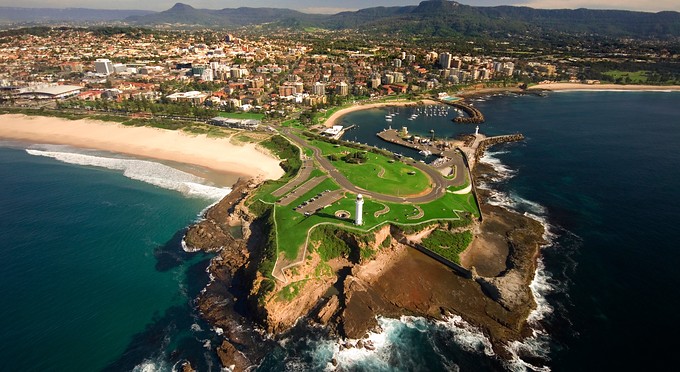
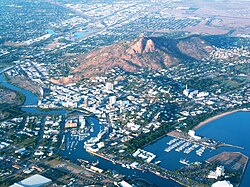

.jpg)
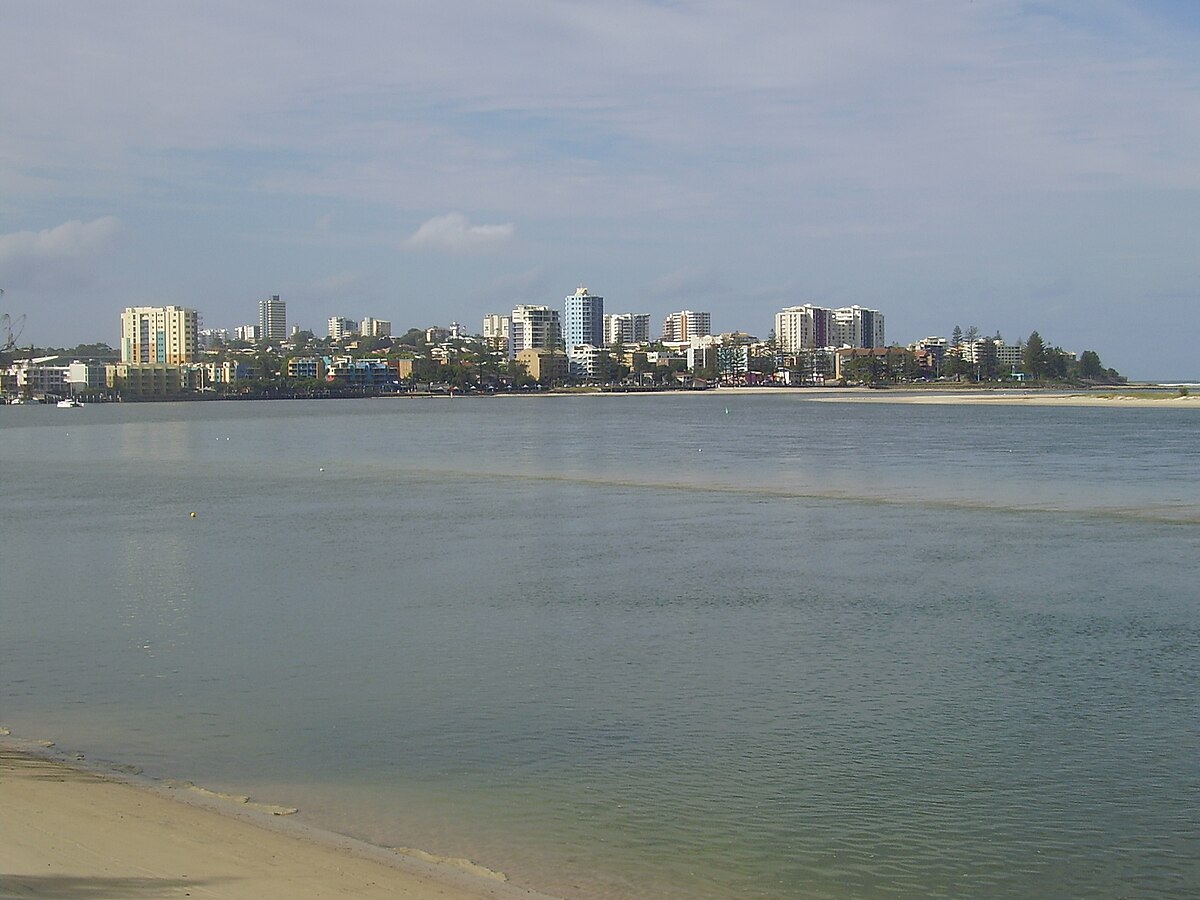

_(7445134654).jpg)
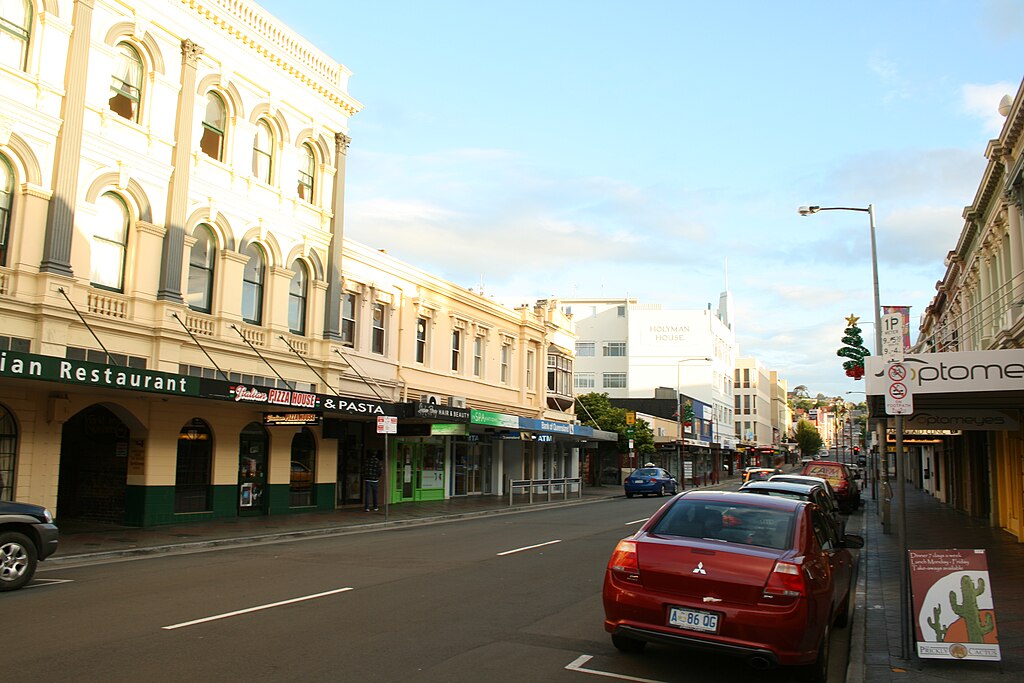

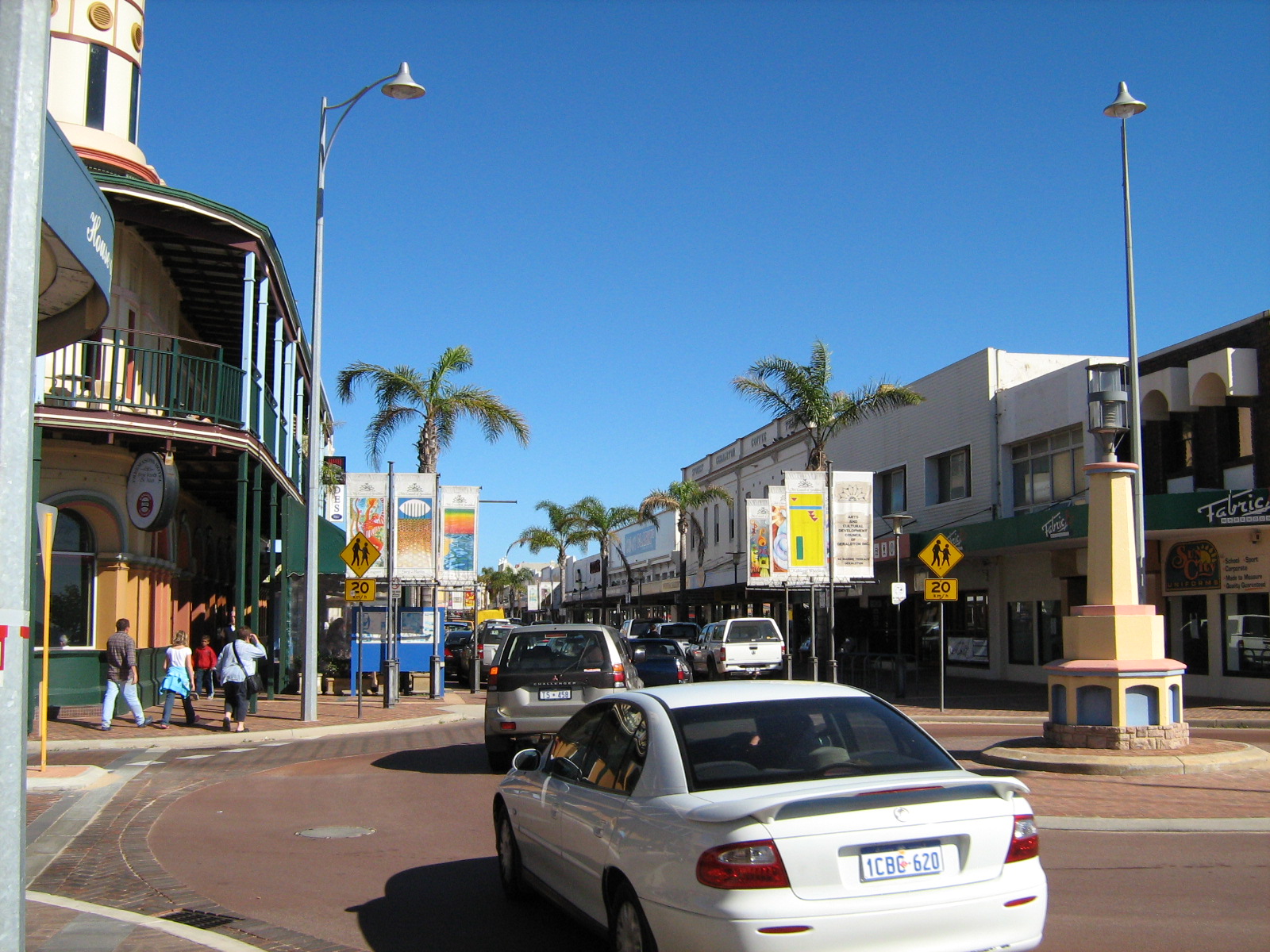
.jpg)
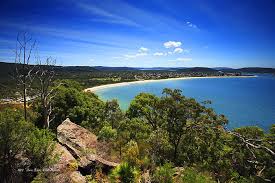
.jpg)

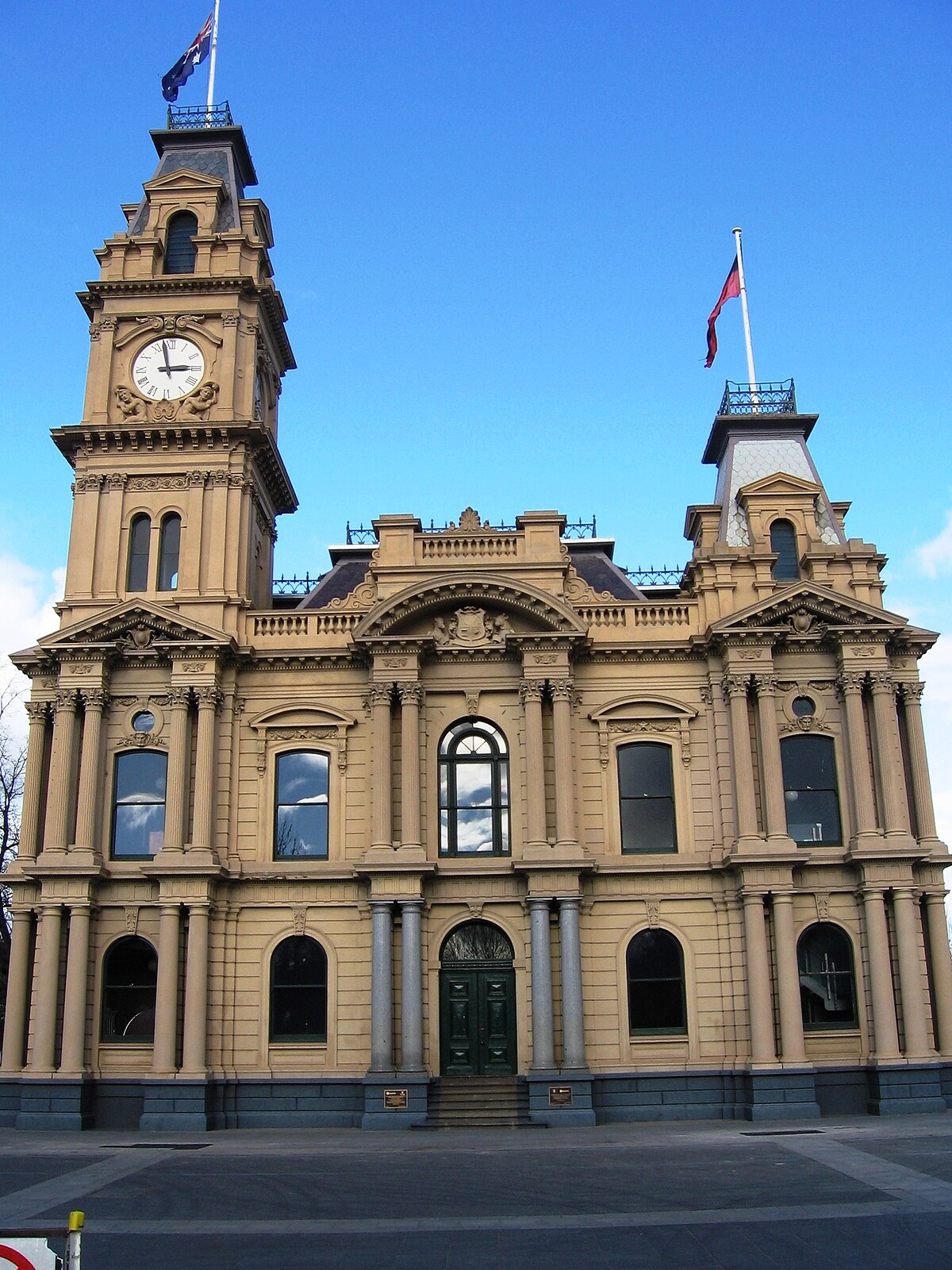


.jpg)


















